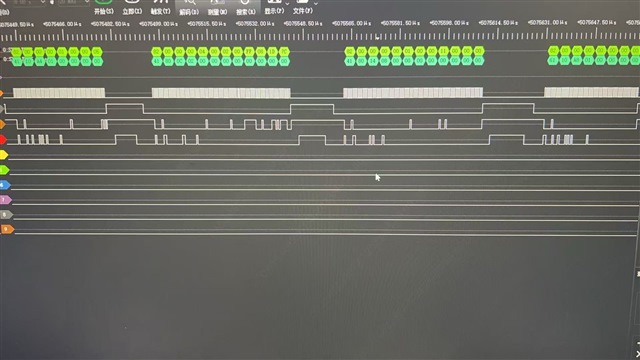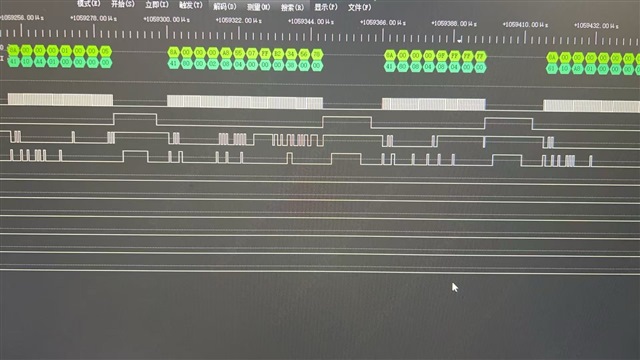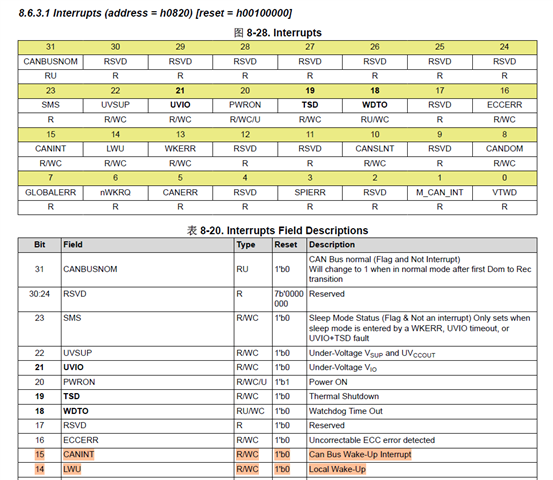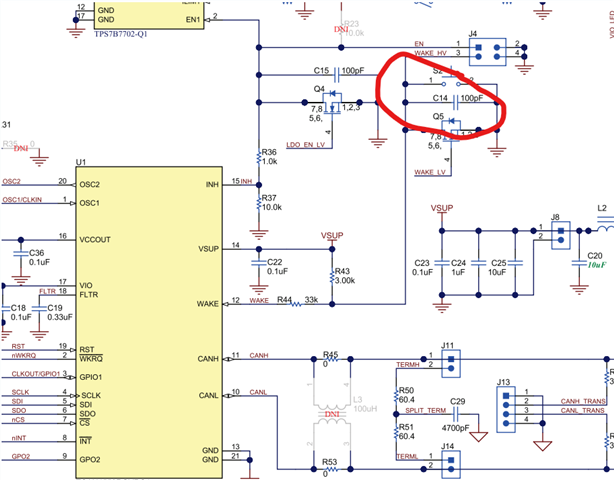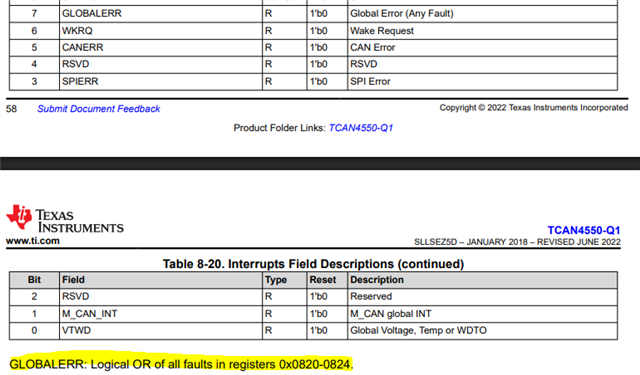Other Parts Discussed in Thread: TCAN4550,
Tool/software:
Hi Expert,
My customers are configuring TCAN4550 software, they wonder if TCAN4550 are configured well and ready to send CAN message, what registers should be read to indicate it, thanks.
Best Regards,
Jack


